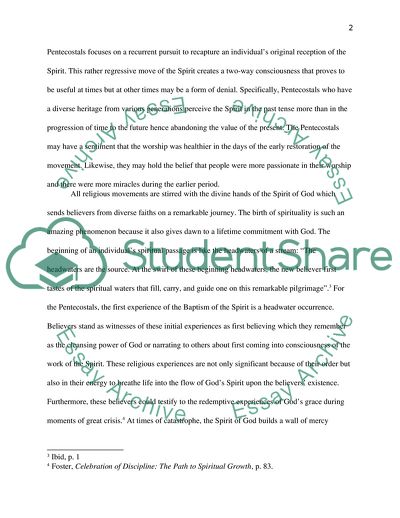Cite this document
(The Moravian Church, the Pentecostal Movement and the Methodist Coursework, n.d.)
The Moravian Church, the Pentecostal Movement and the Methodist Coursework. Retrieved from https://studentshare.org/religion-and-theology/1715962-using-examples-drawn-from-two-or-more-renewal-movements-discuss-the-patterns-of-practice-and-belief-both-advocated-and-opposed-by-their-leaders-and-assess-the
The Moravian Church, the Pentecostal Movement and the Methodist Coursework. Retrieved from https://studentshare.org/religion-and-theology/1715962-using-examples-drawn-from-two-or-more-renewal-movements-discuss-the-patterns-of-practice-and-belief-both-advocated-and-opposed-by-their-leaders-and-assess-the
(The Moravian Church, the Pentecostal Movement and the Methodist Coursework)
The Moravian Church, the Pentecostal Movement and the Methodist Coursework. https://studentshare.org/religion-and-theology/1715962-using-examples-drawn-from-two-or-more-renewal-movements-discuss-the-patterns-of-practice-and-belief-both-advocated-and-opposed-by-their-leaders-and-assess-the.
The Moravian Church, the Pentecostal Movement and the Methodist Coursework. https://studentshare.org/religion-and-theology/1715962-using-examples-drawn-from-two-or-more-renewal-movements-discuss-the-patterns-of-practice-and-belief-both-advocated-and-opposed-by-their-leaders-and-assess-the.
“The Moravian Church, the Pentecostal Movement and the Methodist Coursework”. https://studentshare.org/religion-and-theology/1715962-using-examples-drawn-from-two-or-more-renewal-movements-discuss-the-patterns-of-practice-and-belief-both-advocated-and-opposed-by-their-leaders-and-assess-the.


